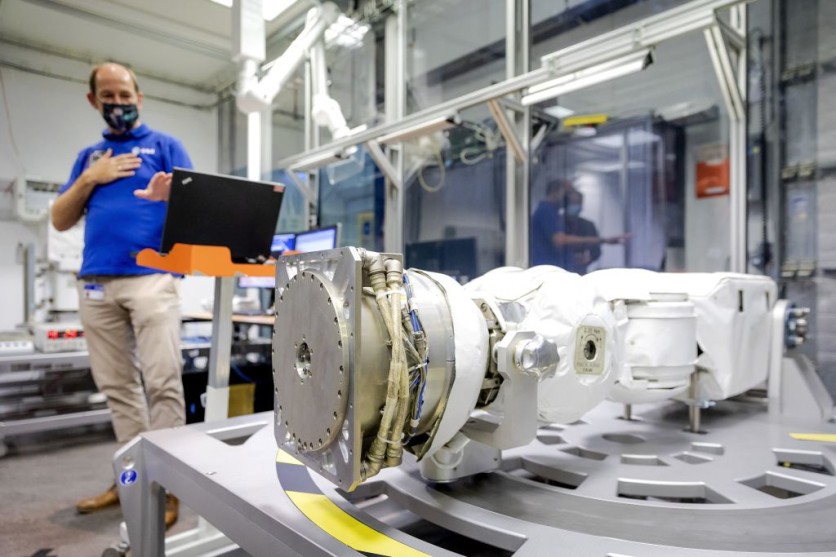
NASA is inching closer to creating colonies on the Moon and Mars by using the planet's soil.
The agency's latest International Space Station or ISS resupply cargo will include a 3D printing regolith machine that can use rock or loose soil on the Moon and Mars as models.
NASA's 3D Printing System
The plan was revealed after NASA announced it would launch the Cygnus Cargo Spacecraft through the Antares Rocket to ISS.
According to Universe Today, NASA will connect the Redwire Regolith Print or RRP project to ManD, another printing system, to complete a simulated regolith.
If that works out, the ISS crew will test the strength of the resulting material to see if it can handle the conditions on other planets.
If everything goes well, RRP could lead to printing materials needed to build colonies in space. That could reduce the volume of construction supplies that NASA needs to bring to the Moon and Mars.
Scientists have planned for soil-based habitats for years. The RRP project is the agency's attempt at 3D printing soil in lower gravity.
Although there are still so many things to do, the long-term goals for Artemis and future Mars missions may be more achievable.
Pretend Living on Mars
Earlier this month, NASA announced that it would take four people to live in Mars Dune Alpha for a year, according to Global News.
The Martian habitat will be created by a 3D printer and will measure 1,700 feet. It will be built inside the Johnso Space Center in Houston, Texas.
The space agency will pay the four volunteers, and they will all work on a simulated Martian exploration mission. It will have limited communications, spacewalks, restricted resources and food, and will experience equipment failures.
The experiments will be divided into three parts, with the first one set to begin in mid-2022. Grace Douglas, NASA's lead scientist, said they want to understand how humans will perform in the Red plant.
The space agency set some requirements for volunteers in order to be qualified for the program, according to USA Today.
Volunteers must have a master's degree in engineering, science or math, or pilot experience. American citizens or permanent U.S. residents are the only ones who can apply.
Applicants have to be between 30 to 55 years old, in good physical health, with no dietary issues, and prone to motion sickness.
Former Canadian astronaut Chris Hadfield said that it just shows NASA is looking for volunteers close to astronauts. The experiments will have better results if the participants are similar to those who will go to Mars.
Hadfield, who spent five months in orbit in 2013 at the ISS where he played the guitar and recorded himself singing David Bowie's "Space Oddity," stated that having the right person for the experiment could be great. He said that volunteers could use their time to develop a new skill or catch up on TV shows.
A year away from the demands of everyday life could give volunteers "incredible freedom."
Hadfield added that attitude is key when it comes to space experiments. He added that participants need to be resourceful, competent, and not relying on other people for comfort.
Related Article:NASA Claims Space Race Could Get Serious If Russia Leaves ISS, Which Could Happen by 2024
This article is owned by Tech Times
Written by Sophie Webster




